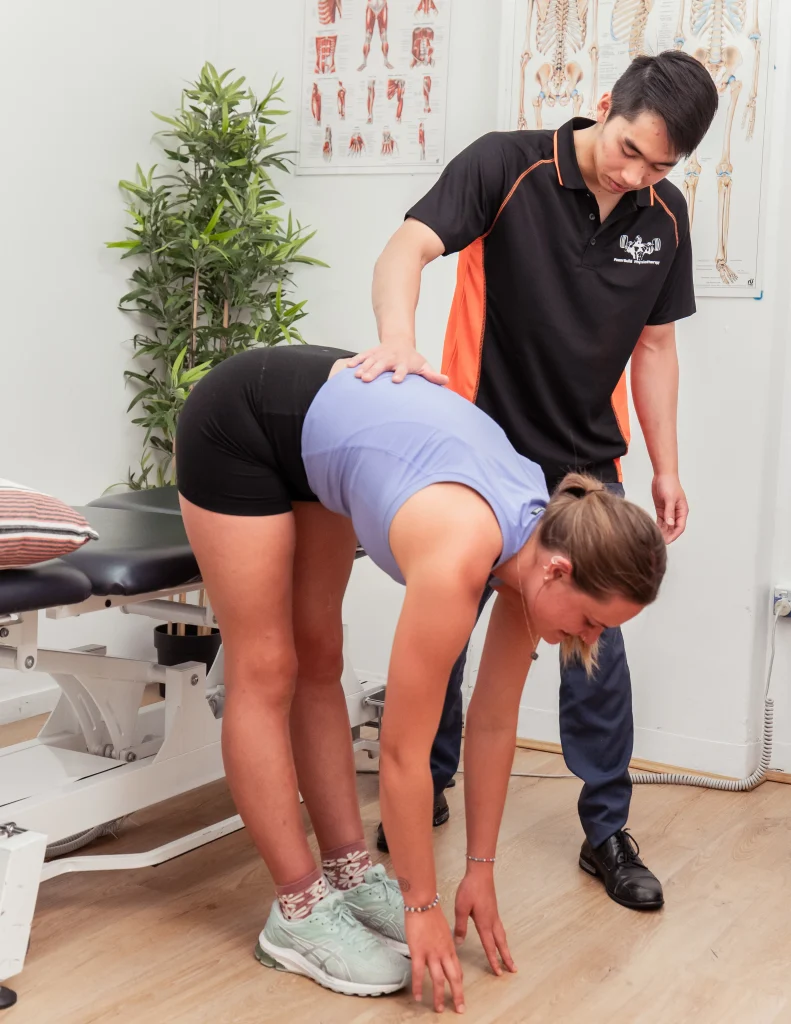
Low back pain is incredibly common, but it’s also surrounded by a lot of misinformation. These myths can make people fearful, avoid movement, and sometimes even slow down recovery. Here are some of the most common myths about back pain you should know about:
Myth 1: Low back pain is usually a serious medical condition
Fact: Most cases of back pain are not linked to serious disease or structural damage- even if the pain is really severe. Serious causes are rare, and physiotherapists and doctors are trained to identify when further investigation is needed.
Myth 2: Persistent back pain is always related to tissue damage
Fact: After an injury, tissues in the back typically heal within about 3 months. If pain continues beyond this, other factors are usually at play, such as stress, tension, inactivity, or lack of exercise. With pain that is persistent, the nervous system can sometimes be at play which can lead to pain signals even when tissues have healed.
Myth 3: Scans are always needed to detect the cause of back pain
Fact: Scans can sometimes be helpful, but often they don’t tell the full story. Findings like disc bulges or degeneration are very common in people with no pain at all. Scans are not able to predict how much pain someone feels or how well they function.

Myth 4: Pain with movement or exercise means you’re harming your spine
Fact: Pain does not always equal damage. Some discomfort with exercise is normal and safe. Avoiding movement altogether can make things worse. When pain is persistent, the surrounding structures are often sensitive – but movement is usually part of the solution, not the problem.
Myth 5: Back pain is caused by poor posture

Fact: Research has not found a single “perfect posture” that prevents back pain. Pain can occur in any position if you stay there too long. What matters more is movement variety and regularly changing positions – not sitting up “perfectly straight” all day.
Myth 6: Repeated spinal loading causes wear and tear
Fact: The spine is strong, adaptable, and built to bend, twist, and lift. Regular movement and loading help keep it healthy. Avoiding activity out of fear can lead to stiffness, deconditioning, and more pain in the long run.
Myth 7: Pain flare-ups mean tissue damage and require rest
Fact: Flare-ups can be painful and worrying, but they rarely indicate new injury. They often happen due to factors like stress, fatigue, or sudden changes in activity. Gentle movement and gradually returning to normal activities is usually better than strict rest.
Myth 8: Strong medications, injections, or surgery are the most effective
treatments
Fact: These options can be helpful for a small group of people, but they are not effective long-term solutions for most cases of persistent back pain. Exercise, education, and self-management strategies remain the most effective tools for recovery.
If you’re experiencing low back pain or back pain in general, book a consultation with our expert physiotherapists today!

